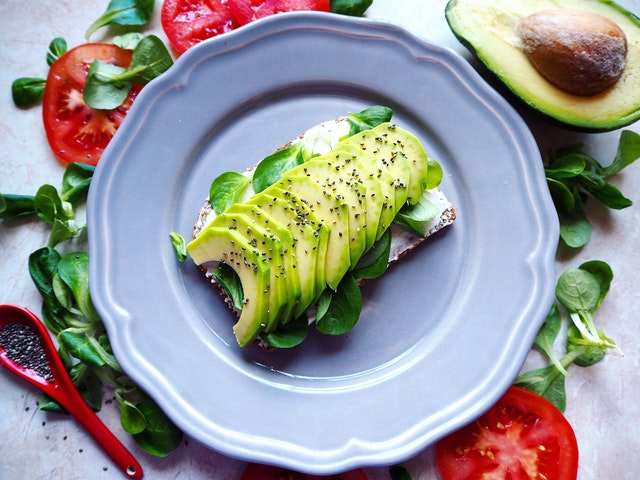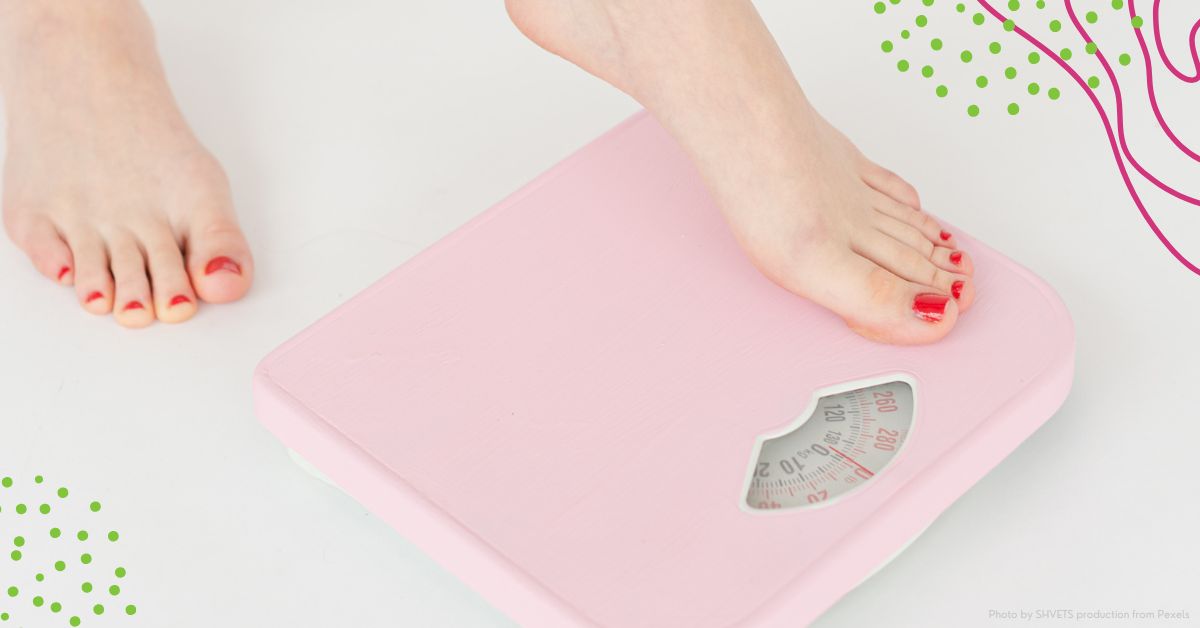No, your weight plateau isn’t all in your head. It’s also not necessarily a reflection of your effort. However, you still have the power to turn it around.
Plateauing can be one of the most frustrating aspects of weight loss. In fact, the plateau period is considered a “danger zone” in a weight loss journey because many people abandon their regiments after feeling like all of their efforts are “for nothing.”
The good news is that there are ways to keep your mind, heart, and body in the game even when plateaus slow you down.
Here’s a simple guide to pushing past plateaus when trying to lose weight.
Why Do Plateaus Happen During Weight Loss?
Plateaus can feel incredibly frustrating because they occur after what seems like a successful start. Suddenly, the brakes get hit on consistent weight loss. All of your “old tricks” stop working. Why? One theory is that weight plateaus happen because your body has finally “caught on” to your plan to lose weight. Your body then adjusts to protect itself against further weight loss. However, some researchers reject this explanation. They chalk weight plateaus up to the fact that most people begin to relax their diet plans after a few months. There’s also the glycogen explanation.
What does glycogen have to do with weight plateaus?
During the first few weeks of cutting calories, it’s very common to see rapid drops in weight. This phenomenon happens because the body is getting the energy it needs by releasing your stores of a carbohydrate called glycogen found in the muscles and liver. Something interesting about glycogen is that it releases water when it’s burned for energy. This is precisely why a lot of the “weight” that is lost very early on during a diet is actually water weight. However, this isn’t why weight loss eventually plateaus. The reason for the plateau has to do with the fact that you lose both fat and muscle when glycogen is burned. Muscle burns more calories than fat. That means that inevitable losses in muscle mass that stem from weight loss will actually begin to slow your metabolism over time, even if you’re sticking to the same diet that helped you to seamlessly drop those initial pounds.
What does this mean for your weight loss journey? It’s time for a pivot. For some people, the answer may be to stick to the same approach to maintain weight loss instead of trying to lose more weight. Others may feel that they want to keep on going. This may require you to increase physical activity, decrease calories, or do some combination of both.
Pushing Past Plateaus: Practical Tips for Continuing to Lose Weight
The good news is that you are unlikely to go backward in your weight loss as long as you stick to the regimen that helped you reach your plateau weight. The big thing is to avoid the temptation to allow the frustration of a plateau to cause you to backslide. There are also many changes you can introduce into your current plan that will help you bust through the walls of your plateau to resume weight loss. Take a look!
#1 Confirm That a Plateau Is Really a Plateau
The first step is to do an audit of recent habits to verify that you’re experiencing an authentic plateau instead of simply seeing the results caused by relaxing your habits. Research shows that “off-and-on” loosening of diet and exercise plans can contribute to plateaus. If your weight loss has slowed down due to poor habits, you may only need to establish a goal of getting back on track with the rules you were following.
#2 Reduce Calories
You may not need the same amount of calories you needed in the beginning if you’ve lost fat and muscle. Of course, calories should never be restricted to dangerous levels. Eating fewer than 1,200 (women) to 1,500 (men) calories per day is too low for most people and can result in various adverse side effects, including headaches, dizziness, and fatigue. Also, less than 1200 calories may not be enough to keep you from constant hunger. However, reducing food intake if your calorie needs have changed can help you get past a plateau.
How do you know if your calorie needs have changed? It is a good idea to calculate your today daily energy expenditure. There are many online calculators you can use to calculate TDEE. These will give you an idea of how many calories you need to consume to lose weight at your current activity level. You can create a calorie deficit by subtracting from this number.
Reducing isn’t always recommended for fighting plateaus for one simple reason. If your calorie intake is already consistent with your TDEE for weight loss, then the plateau may just be temporary. In that case, the focus should instead be on relying more and more on healthy, nutrient-dense foods that allow you to feel satisfied, provide energy for workouts, and make it easier to avoid “snack traps” caused by feeling famished. Make sure you’re giving your body food it can use instead of packing in food that can easily be stored as fat.
#3 Increase Your Workouts
Most experts agree that ramping up exercise is one of the best ways to get over a plateau. It’s not just about exercising more. Switching to more intense forms of exercise can help you get more dramatic results without a more considerable time commitment. A person who usually walks or jogs might consider high-intensity interval training (HIIT) workouts instead. Weightlifting can also be an excellent way to push past a plateau because building muscle will put you in a position to burn more calories. It might also be time to simply think about ways to live a more active lifestyle that builds more “natural” exercise into your daily life. This can mean ditching the car in favor of a bike during the morning commute, taking a walk during your lunch break, or scheduling an extra gym session into your daily plan.
#4 Get Enough Sleep
Yes, poor sleep can sabotage your weight loss plans! In studies, consistent amounts of adequate sleep were linked with improved weight loss outcomes. Sleep deprivation can lead to an increase in the production of a hormone called ghrelin, which is often referred to as the “hunger hormone.” An increase in ghrelin is why we are often compelled to reach for “comfort foods” after a night of poor sleep. While improving sleep quality and duration is the most important way to fight off the effects of ghrelin, it’s also essential to have high-protein, satisfying breakfast options waiting for you on those mornings when you know you’re going to be waking up to a feeling of deep hunger.
#5 Reduce Stress
Taking steps to reduce chronic stress can help you to reach your weight loss goals more quickly. In fact, research links stress with obesity. Managing stress can help you to avoid the phenomenon of “stress eating” that causes so many people to absentmindedly grab for chips, candy, or soda when stressful meetings, tight deadlines, or conflict throw the central nervous system into a tailspin.
Reducing stress isn’t always easy when so many external factors are at play. However, practicing meditation techniques, taking daily walks, and avoiding high-sugar foods that spike blood sugar can all help you to maintain a sense of calm that stops spiking stress hormones from throwing your body out of whack.
#6 Add More Fiber to Your Diet
Fiber has been credited with helping people to break through weight loss plateaus. Soluble fiber is beneficial because it helps to slow down the movement of food through your digestive system to help you feel fuller longer. Fruits, vegetables, whole grains, and legumes are all great sources of soluble fiber. However, the list of superstar foods for soluble fiber includes oats, avocados, chia seeds, flax seeds, and black beans.
A Plateau Isn’t the End of the Story
Don’t let a plateau stop you in your tracks. A weight loss plateau shouldn’t be seen as an obstacle. It should instead be viewed as a signal that it’s time to readjust your method to give your body an updated plan for what it needs for this next leg of your fitness journey. It’s more than possible to emerge from a plateau stronger, fitter, and more determined than ever before. Of course, moving forward fully prepared to fight off the cravings that cause most people to get crushed by plateaus is the most important thing you can do. Meal preparation that anticipates your needs is essential for getting the fuel needed to stay the course, thrive in your daily life, and avoid letting a plateau turn into a full backslide into your former habits.








